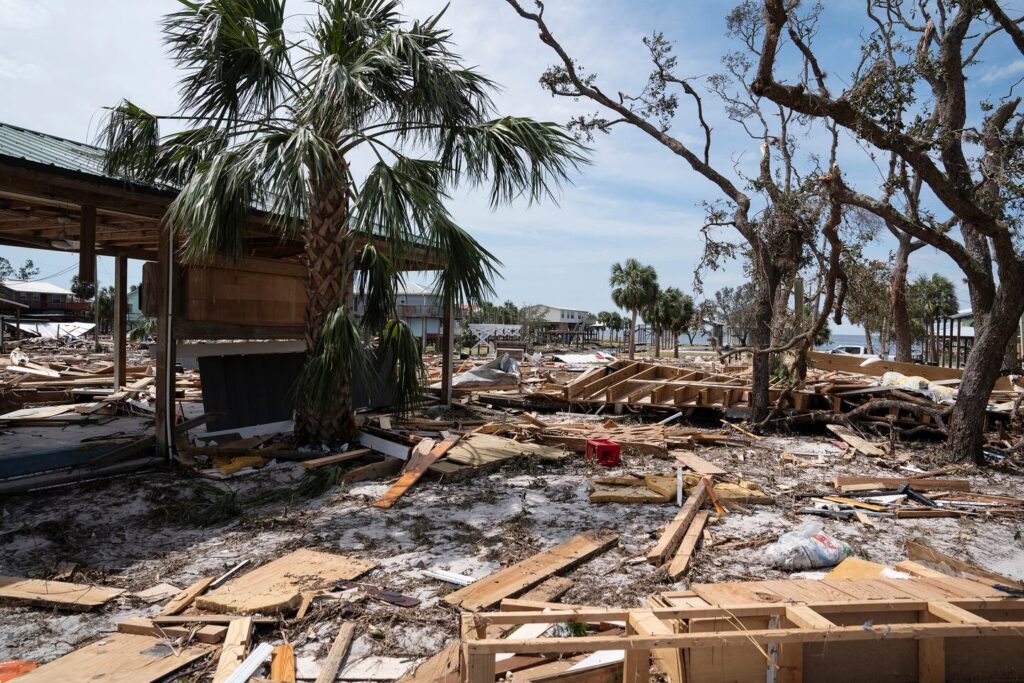
Hurricane Helene has left a devastating trail of destruction across the southeastern United States, resulting in the deaths of at least 64 people and widespread power outages affecting millions. The Category 4 storm made landfall with winds reaching 130 mph, tearing through homes, businesses, and critical infrastructure. Emergency services are working tirelessly to assist those in need, but many communities remain isolated due to flooding and debris.
Catastrophic Damage Across the Region
States like Georgia, North Carolina, and South Carolina have borne the brunt of Helene’s wrath, with entire neighborhoods submerged and countless properties reduced to rubble. Flooding has been especially severe along riverbanks and coastal areas, where record rainfall and storm surges have overwhelmed levees and drainage systems. The National Weather Service has warned that flooding could worsen in the coming days as rivers continue to swell.
The impact of the storm has been felt far and wide, with more than three million residents currently without power. Utility companies are scrambling to restore electricity, but the scale of the damage is so vast that full restoration could take weeks. Many regions are facing shortages of food, clean water, and fuel, leading to a growing humanitarian crisis.
Rescue and Relief Efforts Underway
Federal, state, and local governments have mobilized emergency teams to aid in rescue and relief efforts. The Federal Emergency Management Agency (FEMA) is coordinating with local authorities to provide disaster relief funds and resources. Meanwhile, the National Guard has been deployed to assist with evacuations, clear debris, and distribute supplies to those stranded by floodwaters.
Rescue operations are ongoing, with authorities urging residents in high-risk areas to remain vigilant and evacuate where possible. Hundreds of people have already been rescued from rooftops and flooded vehicles, but authorities warn that more residents could still be trapped.
Climate Change and the Growing Threat of Stronger Hurricanes
Hurricane Helene is a stark reminder of the growing threat posed by climate change. Warmer ocean temperatures and rising sea levels are believed to be fueling more frequent and intense hurricanes. As these extreme weather events become more common, the need for preparedness and resilience in coastal communities has never been greater.
With communities in the Southeast reeling from Hurricane Helene’s devastation, recovery will be long and challenging. As emergency efforts continue, experts warn that hurricanes of this magnitude may become the new normal in a changing climate. Stay tuned for ongoing updates on the aftermath of Hurricane Helene and relief efforts across the region.
image source – NICOLE CRAINE/NYT


